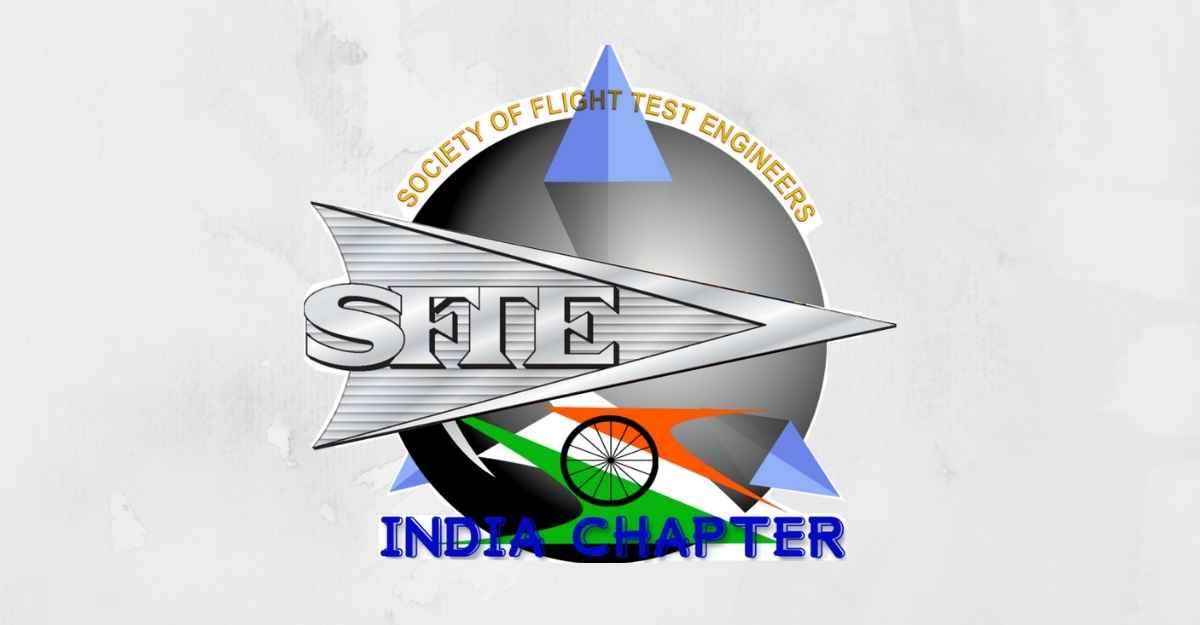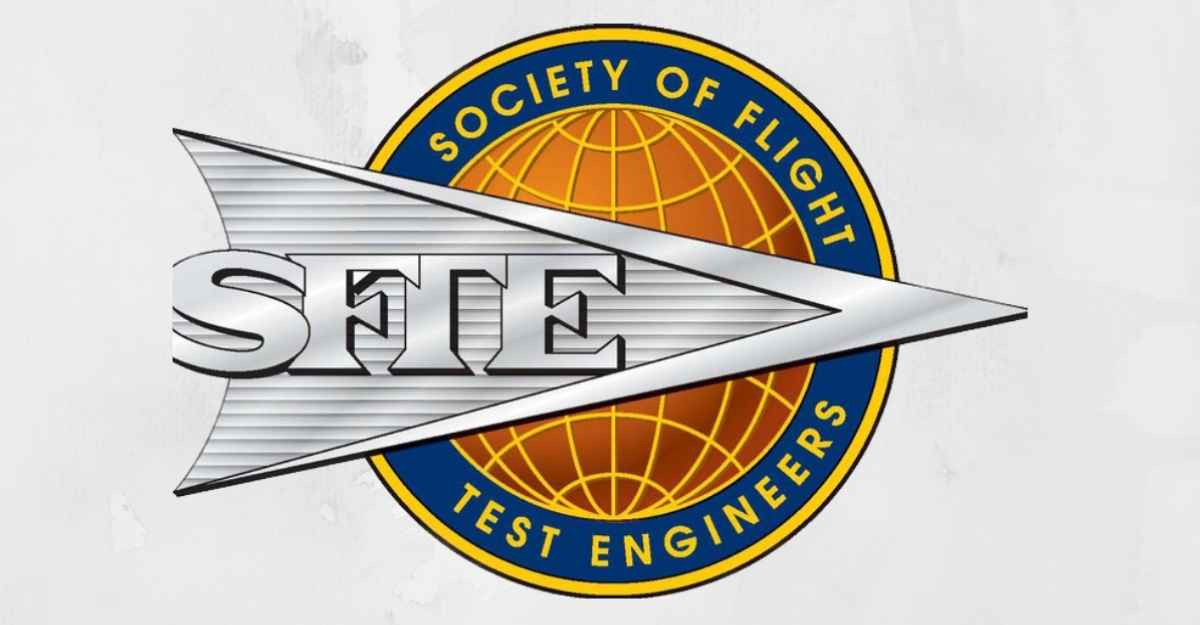India Chapter of Society of Flight Test Engineers Takes Wing Giving Boost To Military Aviation

BANGALORE: Military aviation is set to get a boost when the India chapter of Society of Flight Test Engineers (SFTE) will formally take-off with an inaugural virtual session scheduled on Saturday (August 29).
What makes this event unique will be the participation of some of the best brains behind flight testing, a highly skilled art only a chosen few can execute.
Saturday’s video-conferencing meet set to be attended by around 80 delegates across India will see Wg Cdr P K Raveendran (Retd), a top-notch flight test engineer (FTE) delivering the keynote address from Bengaluru, a test-bed for Indian’s military flying. Former Aeronautical Development Agency (ADA) Director Air Marshal Philip Rajkumar (Retd) will be the chief guest during the virtual event.
Wg Cdr Raveendran (Retd) served the Indian Air Force (IAF) from 1970-1995 and played various roles from a maintenance engineer, flight engineer, FTE, Project Director (Airborne Warning and Control System project) and Chief Engineer Instructor (IAF Test Pilots School).
From 1995 to 2015 he was part of the development flight testing of Light Combat Aircraft Tejas at National Flight Test Centre (NFTC) which is part of ADA.
According to SFTE officials, Wing Cdr Raveendran (Retd), a recipient of Shaurya Chakra and close to 1500 hours of flying experience to his kitty, will touch upon the role of FTE in development flight testing.
SFTE Chapter
SFTE is headquartered in Lancaster (CA, USA) is an international fraternity of engineers, whose principal professional interest is flight testing of aerospace vehicles.
The India chapter of the SFTE was established in December 2019. It is the second chapter of SFTE, after the European chapter, located outside the US.
“The objective of SFTE is the advancement of flight test engineering throughout the aerospace industry by providing technical and fraternal communication among individuals, in the allied engineering fields of test operations, analysis, instrumentation and data systems,” says an official, quoting from an SFTE official document.
The India chapter saw the elected Executive Committee taking charge this June headed by Wg Cdr K Kalyanaraman (Retd), an experienced FTE with stints with the Indian Air Force and the civilian aerospace industry, for over 40 years.
The office-bearers of India Chapter are; President: Wg Cdr K Kalyanaraman (Retd), Vice-President: Gp Capt M Prabhu (Retd), Group Director‐Flight Test, NFTC, ADA, Secretary: Wg Cdr Maheswar Patel (Retd), Senior Flight Test Engineer, HAL Flight Operations, Treasurer: Wg Cdr CM Santosh (Retd), Senior Partner, AEMC India LLP and Secretary‐Technical Committee: Wg Cdr M Dilli Babu, Flight Test Engineer, ASTE, IAF.
A seven-member Technical Committee supports the Executive Committee for spearheading the technical reach through research, symposiums, academic lectures and other activities. The India Chapter will be headquartered at Bangalore.
“The India Chapter is getting organized to derive maximum benefits for Indian aerospace establishments and flight test professionals. Increased exposure and participation by our professionals on international platforms will help us get closer to great lessons learnt and best practices,” says an official.
He said the emphasis is being placed on forthcoming challenges for the Indian aerospace flight research, test and development ventures.
“Efforts will also be on active participation in international forums focusing on flight testing, such as SFTE and SETP (Society of Experimental Test Pilots) annual symposia,” he adds.

Road Ahead
The roadmap for the chapter includes the conduct of international symposia and technical workshops specific to the Indian context, at regular intervals.
“This will help draw from the rich repository of technical papers accumulated by the SFTE, and build on it with specific applicability keeping in mind Indian needs,” says an official.
Documenting lessons learnt from the conduct of flight test programs, research on needs of the industry and future trends, standardization of practices especially handling sensitive information are other goals of SFTE.
“Our endeavour for academic outreach would be through voluntary guest lectures as well as short capsule courses specially curated by experienced members of SFTE to satisfy specific training needs of aspiring flight test professionals,” says the officials.

FTE For You
An FTE is an engineer first and forms the primary operational-engineering interface between the vehicle and its design/manufacture team.
An FTE plans the flight test program, breaks it down into phases, test profiles and test points, specifies test techniques, and directs test flights.
Monitors test flight in real-time, either from aboard the vehicle or from the ground console, with a sharp focus on safety and test technique.
Evaluates the success of an executed test point in real-time and advises Test Pilots on its validity or need to repeat.
Evaluates the success of each test flight and interfaces with the design and maintenance engineers during all subsequent developmental work.
When asked about the roles of FTEs and Test Pilots (TPs) compared to 30-40 years back, an official said that the fundamentals have not changed, but greater roles have evolved.
“This is to achieve better mutual understanding between TPs, FTEs and all the other professionals that form the developmental team. There is greater rigour now among the test crew to focus on risk evaluation, safety, engineering precision, development of test techniques to satisfy a continually expanding developmental horizon, cost factors, and time schedules,” says the official.
As the professional body of FTEs takes wing in Bengaluru, the city is already abuzz with a series of flight test activities.
Tejas Final Operational Clearance variants, Light Combat Helicopter prototypes, Light Utility Helicopter prototypes, the HTT-40 Basic Trainer Aircraft variants, SARAS and many other IAF assets on upgradation mode fly in and fly out of Bengaluru every day clearing various test parameters.
In addition, there are several systems and sub-systems being developed by Defence Research and Development Organisation labs and industries being tested on a regular basis on various platforms.
The FTEs are flocking under one roof at the right time when India is slowly and surely showing signs of adding more impetus to self-reliance in aerospace and defence activities.



No comments:
Post a Comment